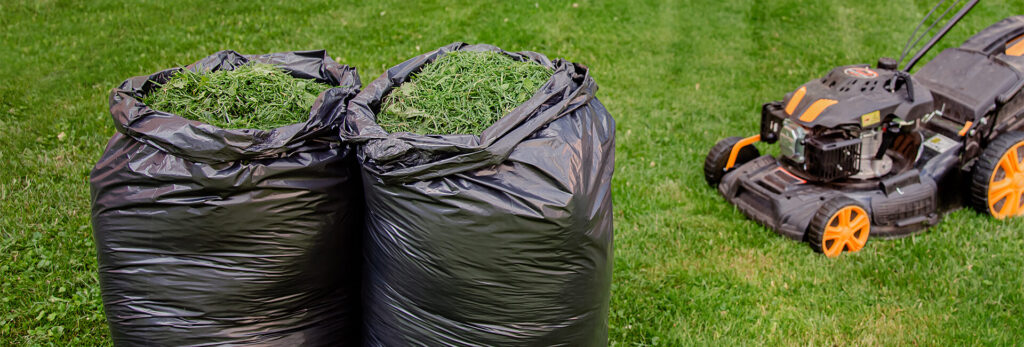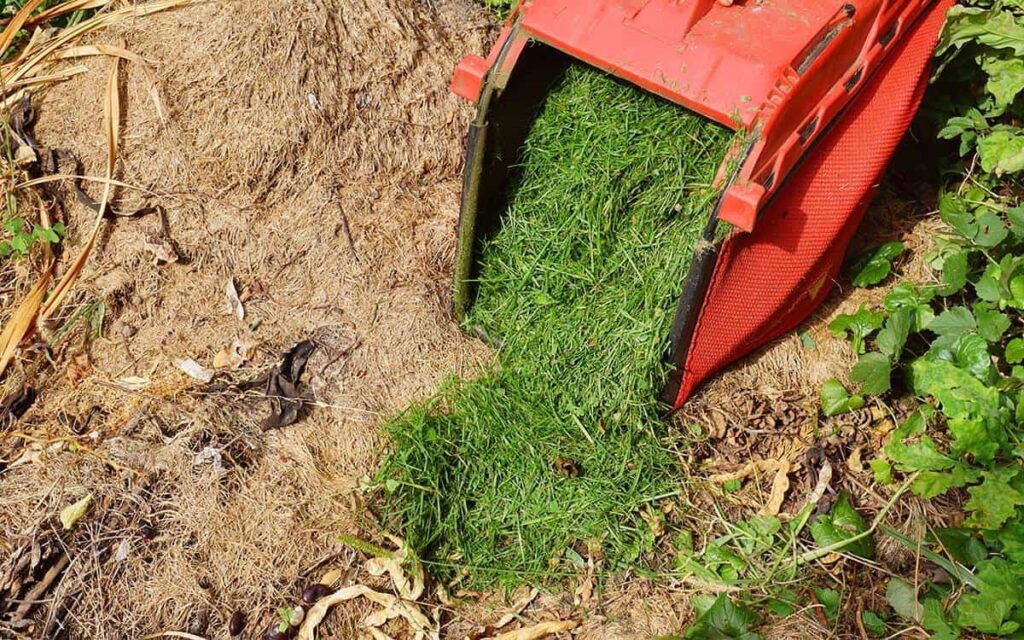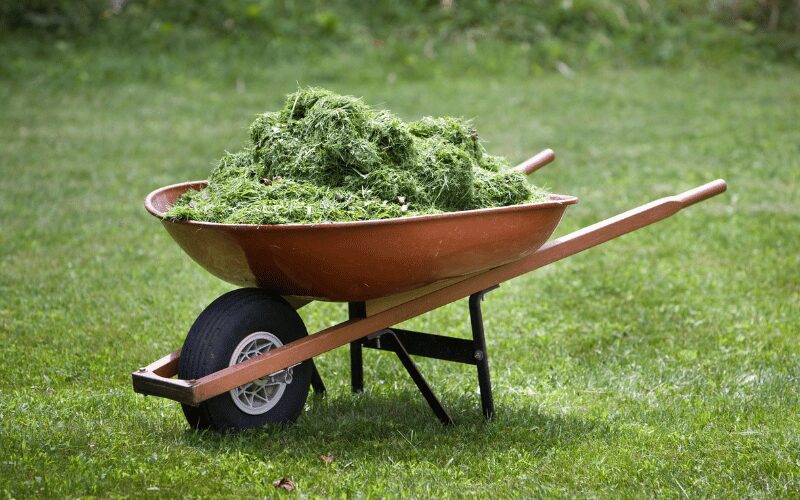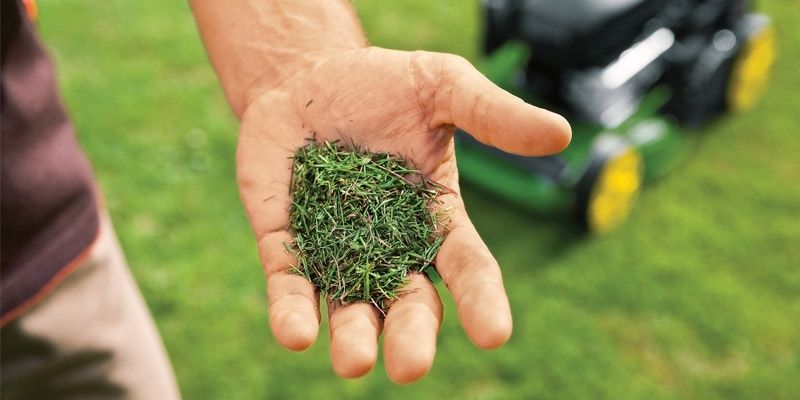Gardening enthusiasts are always on the lookout for natural, eco-friendly ways to maintain soil health and promote plant growth. One often overlooked yet highly effective method is using grass clippings as mulch. This simple technique can offer a host of benefits for your garden, but it also comes with a few important considerations. In this blog post, we’ll explore the pros and cons of using grass clippings as mulch, so you can decide whether it’s the right choice for your landscape.


What Are Grass Clippings?
Grass clippings are the small pieces of lawn left behind after mowing. Instead of bagging and disposing of them, many homeowners now repurpose them as organic mulch in their flower beds, vegetable gardens, and around trees.
Pros of Using Grass Clippings as Mulch
1. Natural Nutrient Recycling
One of the most significant benefits of using grass clippings as mulch is the return of nutrients to the soil. As the clippings break down, they release valuable nitrogen, potassium, and phosphorus—key elements that promote plant growth.
SEO Keyword Use: Nutrient-rich mulch, organic mulch benefits
2. Weed Suppression
Grass clippings form a dense layer that can block sunlight from reaching weed seeds. This reduces weed germination and growth, helping to maintain a tidier garden with less effort.
Tip: Apply a 1–2 inch layer for the best weed-suppressing effect without suffocating your plants.
SEO Keyword Use: weed control mulch, natural weed barrier
3. Moisture Retention
Mulching with grass clippings helps retain moisture in the soil by reducing evaporation. This is especially useful in hot climates or during dry spells, where maintaining adequate water levels is crucial for plant health.
SEO Keyword Use: retain soil moisture, mulch for water conservation
4. Soil Temperature Regulation
Grass clippings act as insulation for the soil, keeping it cooler in summer and warmer in winter. This helps maintain a stable environment for roots, encouraging healthy growth.
When Not to Use Grass Clippings
There are certain scenarios where you should avoid using grass clippings as mulch:
Diseased Lawns: Clippings may spread lawn diseases to your garden.
After Herbicide Use: Some chemicals remain active and can damage sensitive plants.
Wet, Heavy Clippings: These can mat quickly and create anaerobic conditions.
If any of these apply, compost the clippings first instead of using them directly as mulch.
Cons of Using Grass Clippings as Mulch
1. Potential for Matting
One of the biggest drawbacks of grass clippings as mulch is that they can mat together, especially if applied too thickly or while still wet. This matting prevents air and water from reaching the soil, which can lead to root suffocation and fungal growth.
Solution: Always let the clippings dry for a day or two before applying and keep layers thin (1–2 inches).
SEO Keyword Use: mulch problems, grass mulch tips
2. Weed Seeds and Chemicals
If your lawn has been treated with herbicides or pesticides, these chemicals can remain in the grass clippings. When used as mulch, they can inadvertently harm your garden plants.
Best Practice: Only use clippings from untreated lawns and avoid using clippings if you’ve applied weed-and-feed products within the last month.
SEO Keyword Use: safe organic mulch, chemical-free mulching
3. Odor and Appearance
Fresh grass clippings can produce an unpleasant odor as they decompose, especially in humid conditions. A thick, wet layer can also look unsightly in a decorative garden.
Recommendation: Blend grass clippings with dry materials like shredded leaves or straw for better aesthetics and decomposition.
Best Practices for Using Grass Clippings as Mulch
To get the most out of your grass clippings while avoiding potential pitfalls, follow these simple guidelines:
Dry First: Let grass clippings dry for 24–48 hours before use.
Thin Layers: Apply no more than 2 inches at a time.
Avoid Treated Lawns: Use only untreated clippings to prevent chemical transfer.
Mix Materials: Combine with leaves or wood chips to improve airflow and appearance.
Turn Regularly: Lightly turn the mulch every couple of weeks to prevent compaction.
Conclusion: Is Mulching with Grass Clippings Right for You?
Using grass clippings as mulch can be a sustainable, cost-effective, and beneficial practice—if done correctly. It’s a great way to recycle yard waste, enrich the soil, and reduce garden maintenance. However, be mindful of common issues like matting, chemical contamination, and unpleasant odors.
By understanding the pros and cons of using grass clippings as mulch, you can make an informed decision that supports both your garden’s health and your environmental goals.



